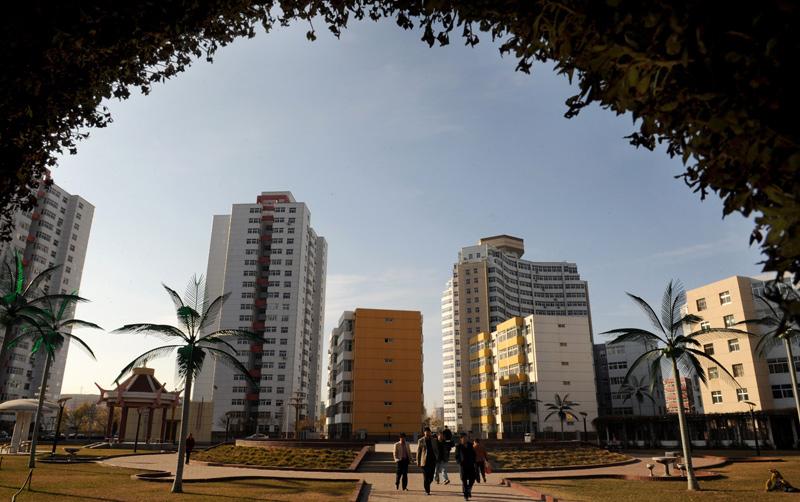State Council releases plan to integrate migrants into cities

The Plan of Promoting New Urbanization released by the State Council stressed the integration of migrant workers into cities.
In early February, the Plan to Promote New Urbanization was released by the State Council to comprehensively guide human-centered urbanization, which was the focus of the executive meeting of the State Council chaired by Chinese Premier Li Keqiang on Jan. 22.
Urbanization has progressed at a rapid pace for more than 30 years since the reform and opening up. In 1978, the proportion of the urban population was nearly 18 percent, but by 2015, the percentage had increased to more than 56 percent.
The relocation of rural people to cities is the central feature of the plan, said Wei Houkai, director of the Rural Development Institute under the Chinese Academy of Social Sciences (CASS). It requires comprehensive reforms under the framework of urban-rural integration. Systems should be introduced to integrate urban-rural household registration, land management, employment, social welfare as well as public services, Wei said.
Institutional reforms should be strengthened to facilitate the assimilation of millions of migrant workers into cities, said Zhang Zhanbin, director of the Department of Economics at the Chinese Academy of Governance. He said, during the promotion of reform and institutional innovation, it is vital to eradicate the differences between rural and urban institutions. That is the only aspect of the new type of development that focuses on the people and public welfare.
Moreover, scholars argued that the new urbanization should be equitable.
Wei suggested that China adopt green urbanization. It provides a more comfortable life through environmental protection, Wei said. The new urbanization should be energy efficient, environmentally friendly and it should produce less emissions. It needs a scientific and reasonable layout in terms of scale, space and other aspects. For example, scale layout should be built in the coordinated development of cities and small towns. By contrast, most urban areas are located along the eastern coast, while urbanization in midwestern areas has been sluggish. Hence, a reasonable space layout is necessary.
Zhang Xiaoshan, a CASS Member, said economies at the county level should be the most dynamic. As the hub of urban-rural development, county economies are the platforms and frontiers of the new urbanization as well as economic and social integration. He added that it is of great importance to further stimulate county economies by delegating power to lower levels, thus localizing migrant workers as citizens on the spot.
Zhang Chunhai is a reporter at the Chinese Social Sciences Today.

 PRINT
PRINT CLOSE
CLOSE